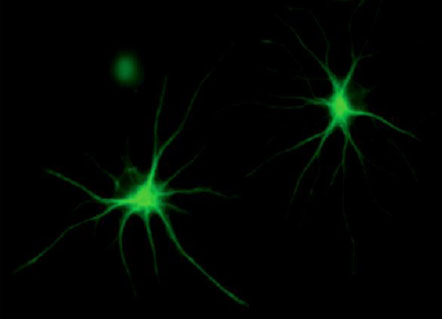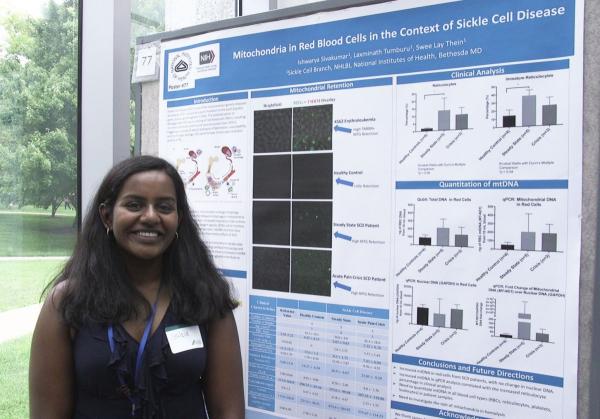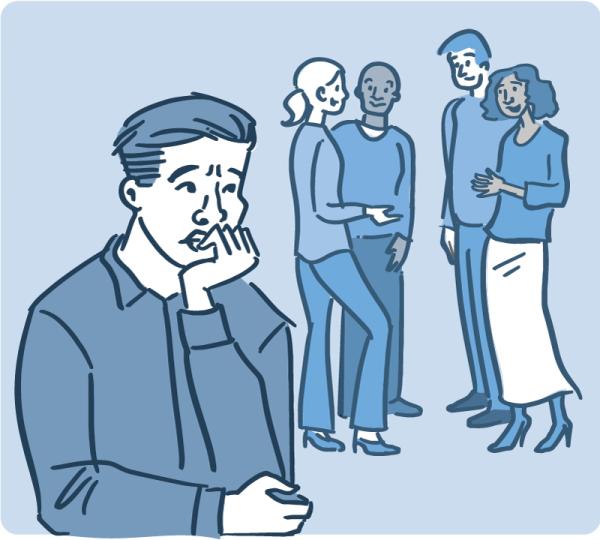Three-Minute Talks Showcase Smooth-Talking Scientists
IRP Researchers Engage and Educate at Competition Finals
English is generally considered the ‘international language of science,’ since nearly all scientific papers are published in English. Yet, even to a native English speaker, scientists seem to be using another language entirely to talk about their research. Most Americans, after all, don’t know an ‘autophagosome’ from a ‘lysosome’ and would be hard-pressed to explain the difference between an ‘oocyst’ and a ’sporozoite.’
Fortunately, efforts like NIH’s annual Three-Minute Talks (TmT) competition are helping scientists learn how to communicate about their research in a manner that is much easier to understand. On June 30, after months spent whittling down dozens of competitors from across the IRP, 10 finalists raced against the clock to explain their work and its importance in a clear and compelling way.










